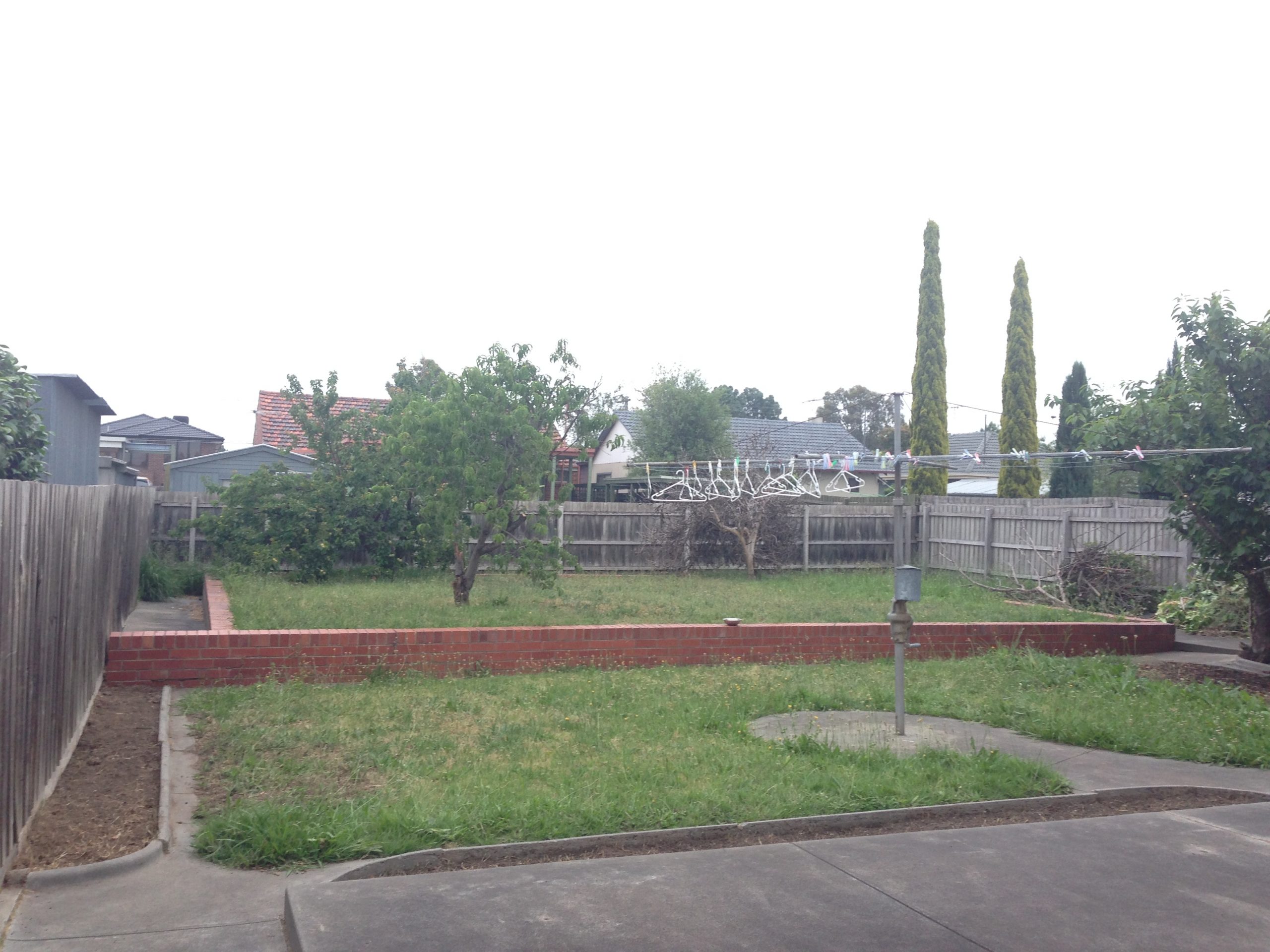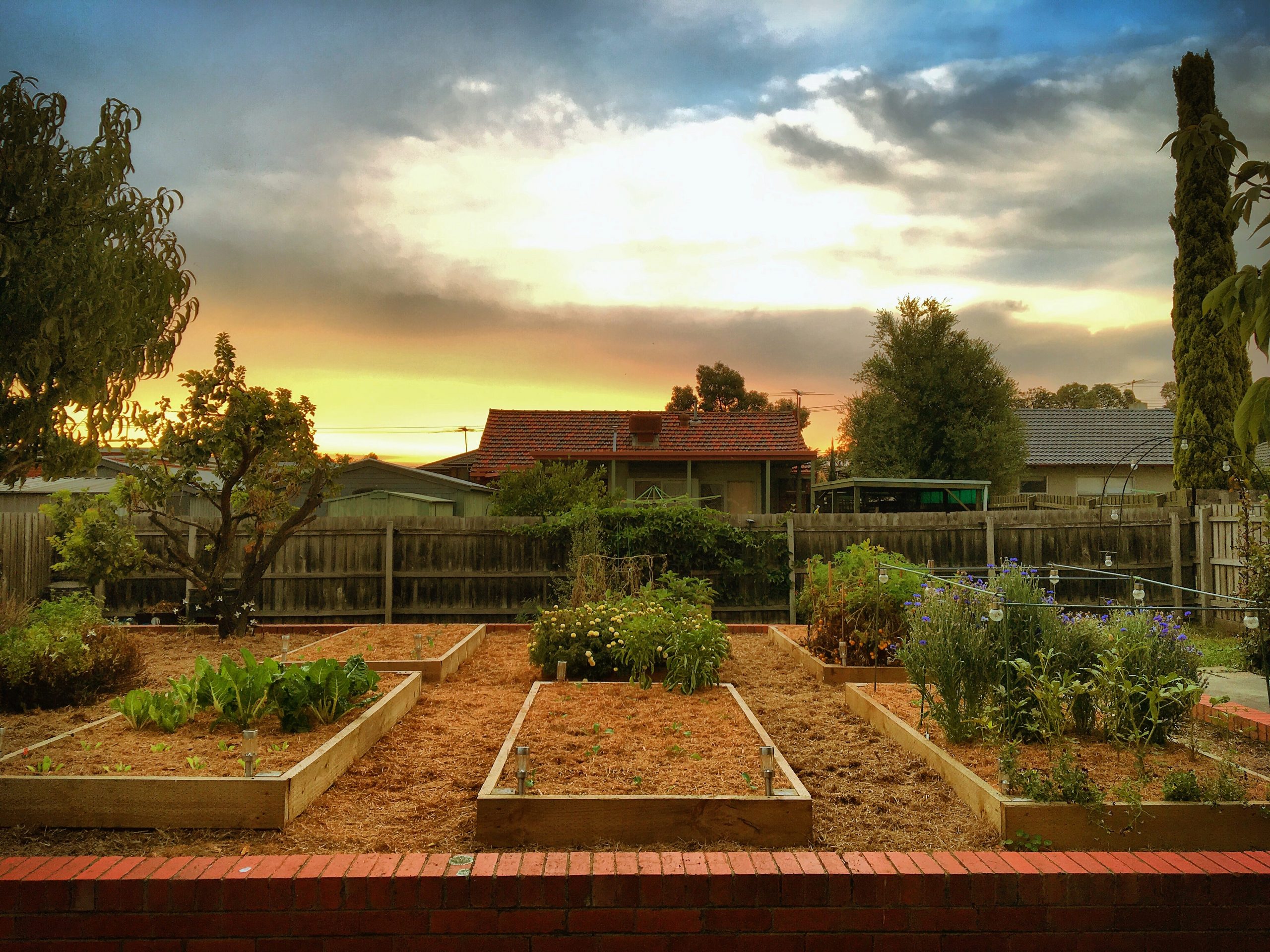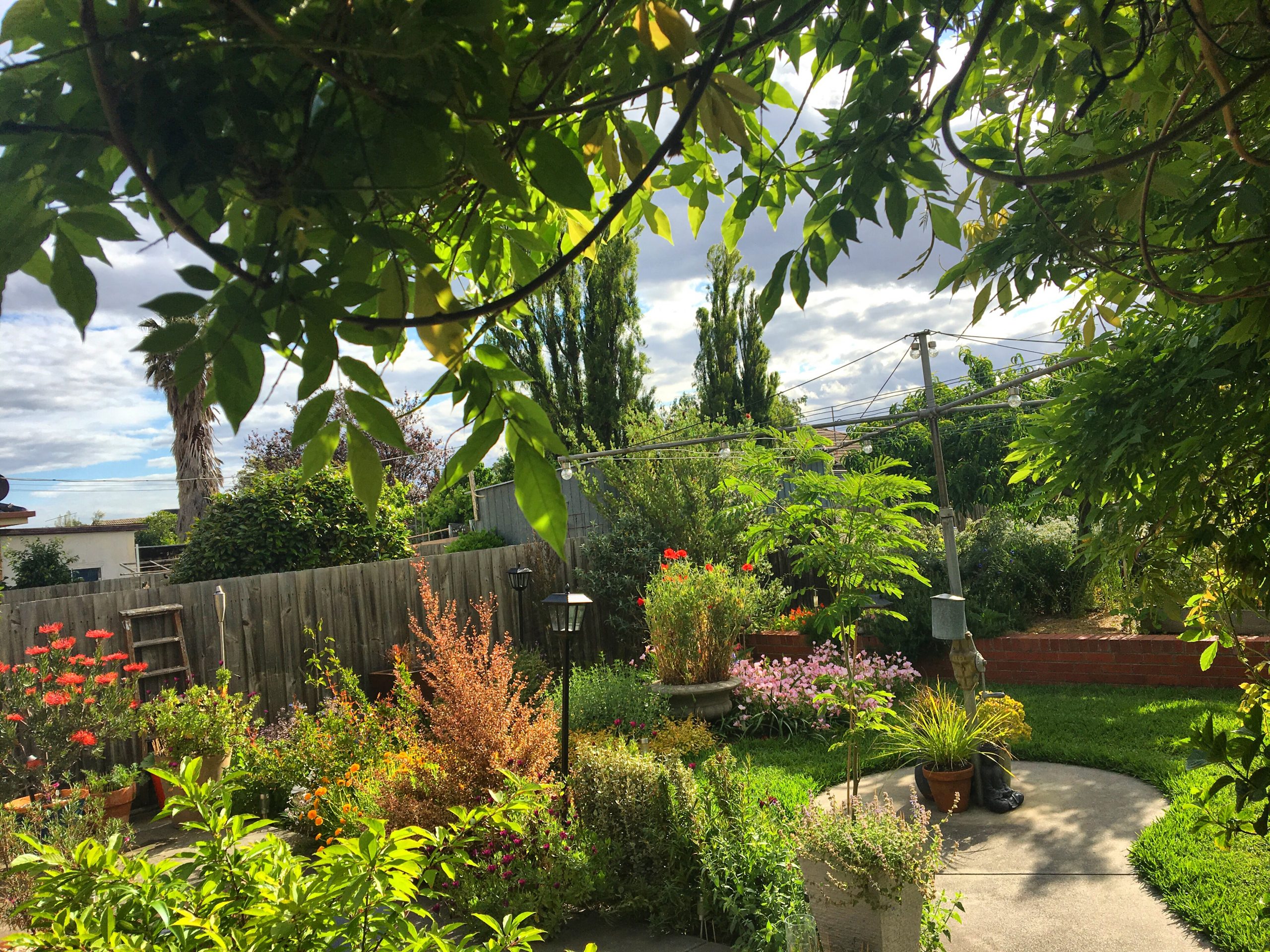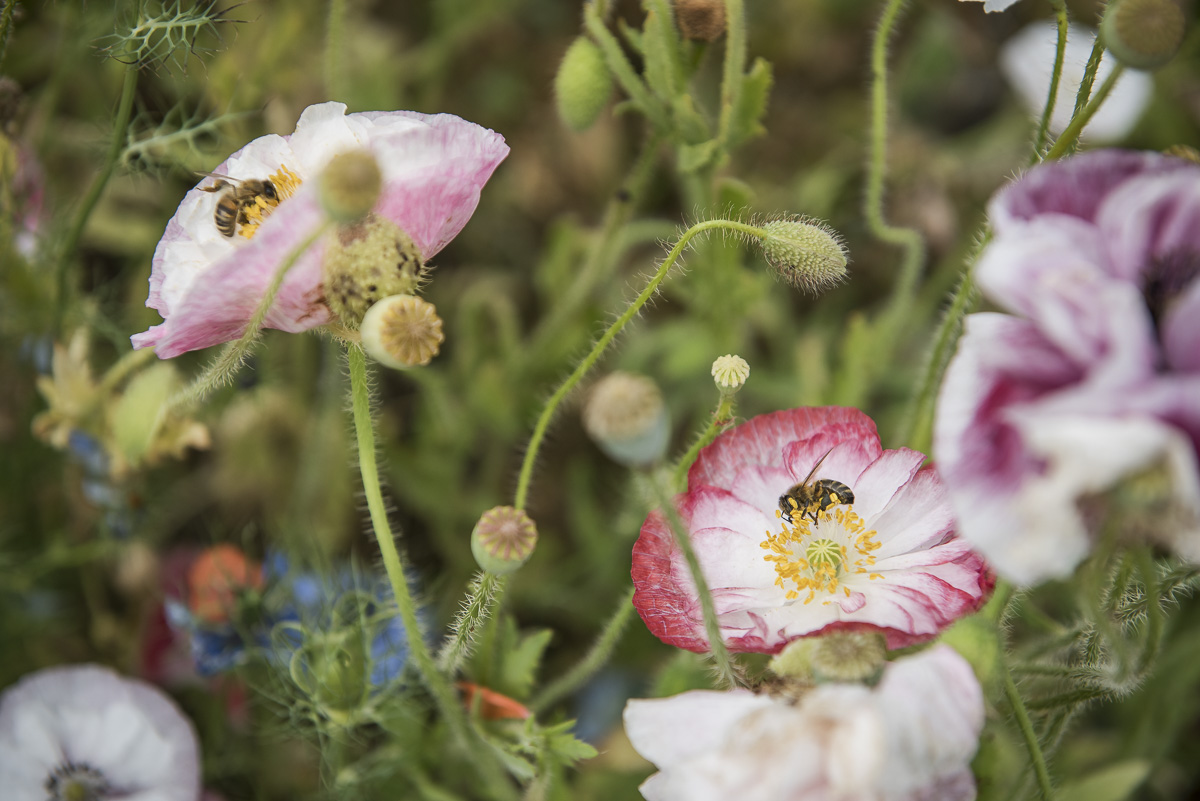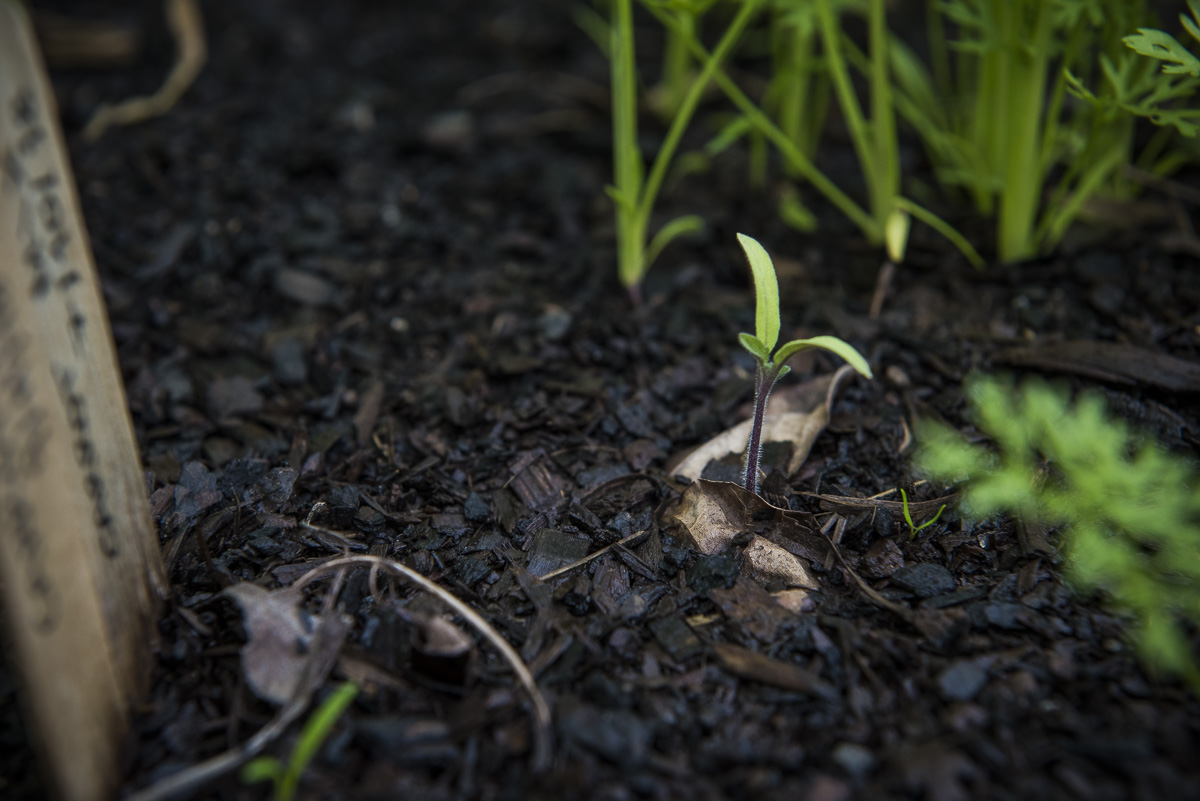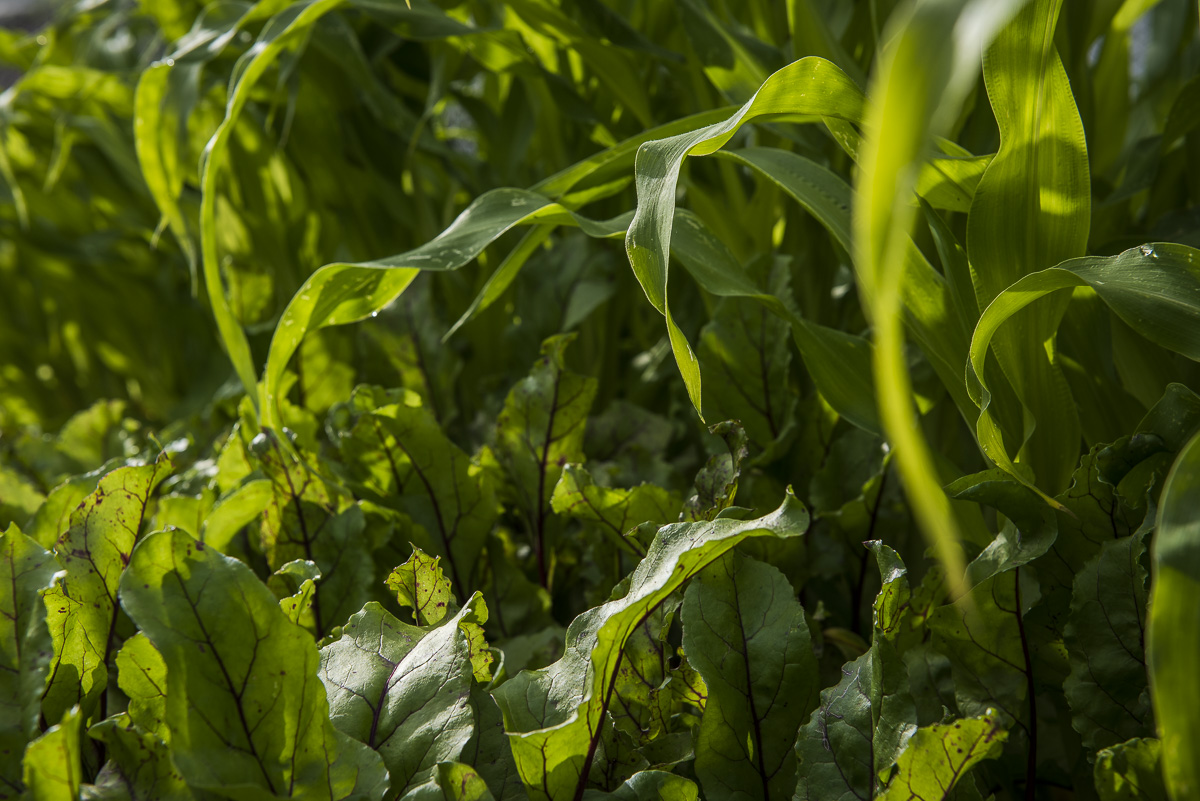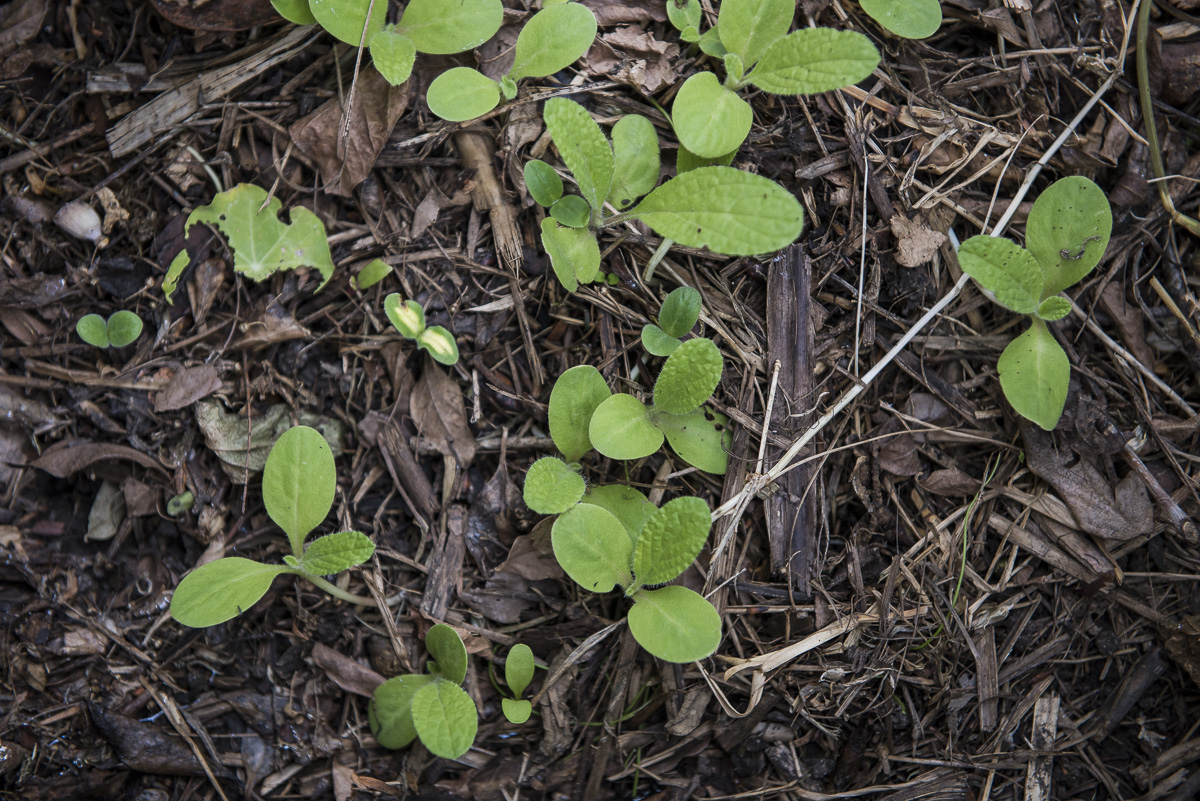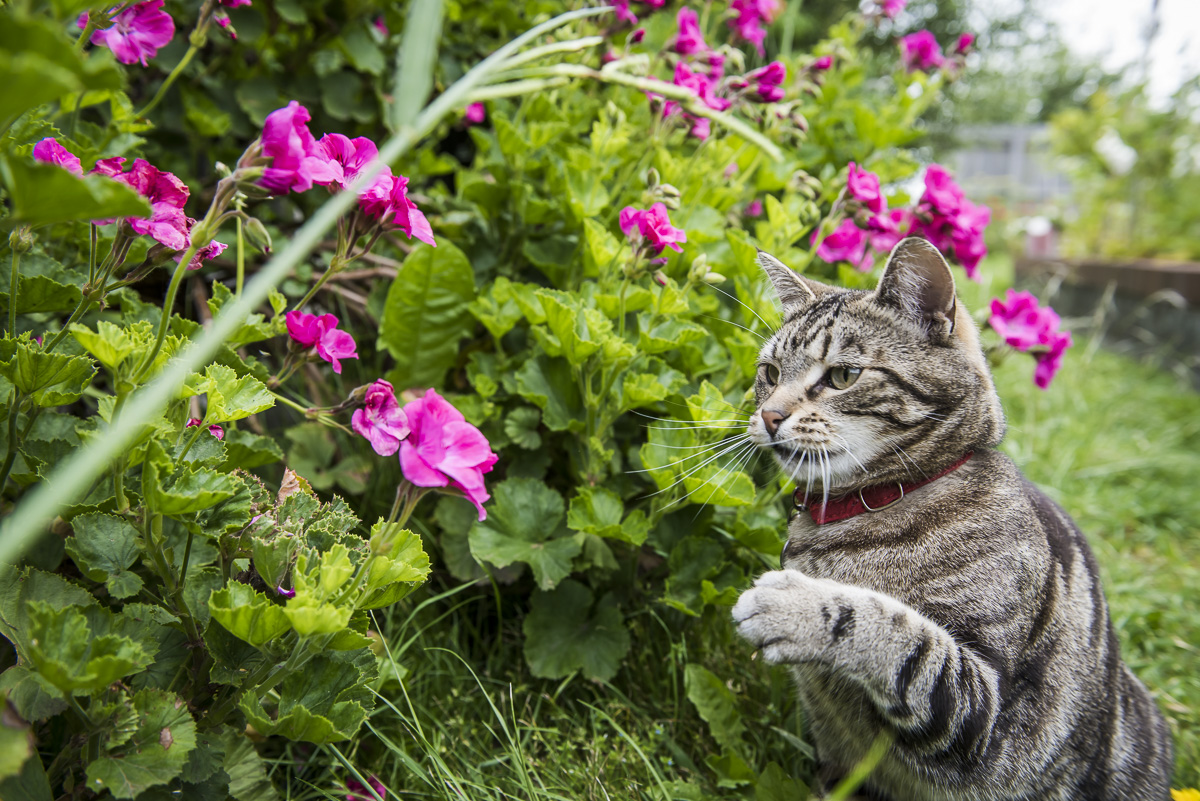Documenting outer and inner landscapes in Fawkner
For the last four years, photographer and dancer Gregory Lorenzutti has been living in Fawkner, a northern suburb of Melbourne that was cattle country right until the 1940s. In the postwar area, the suburb was subdivided for housing for returning servicemen, but most of the houses in the area were built in the period 1950-1970, as detached brick homes for Ford factory workers. After a heartbreak, Greg moved into one of the original Ford houses with a garden, and has given it a new life.
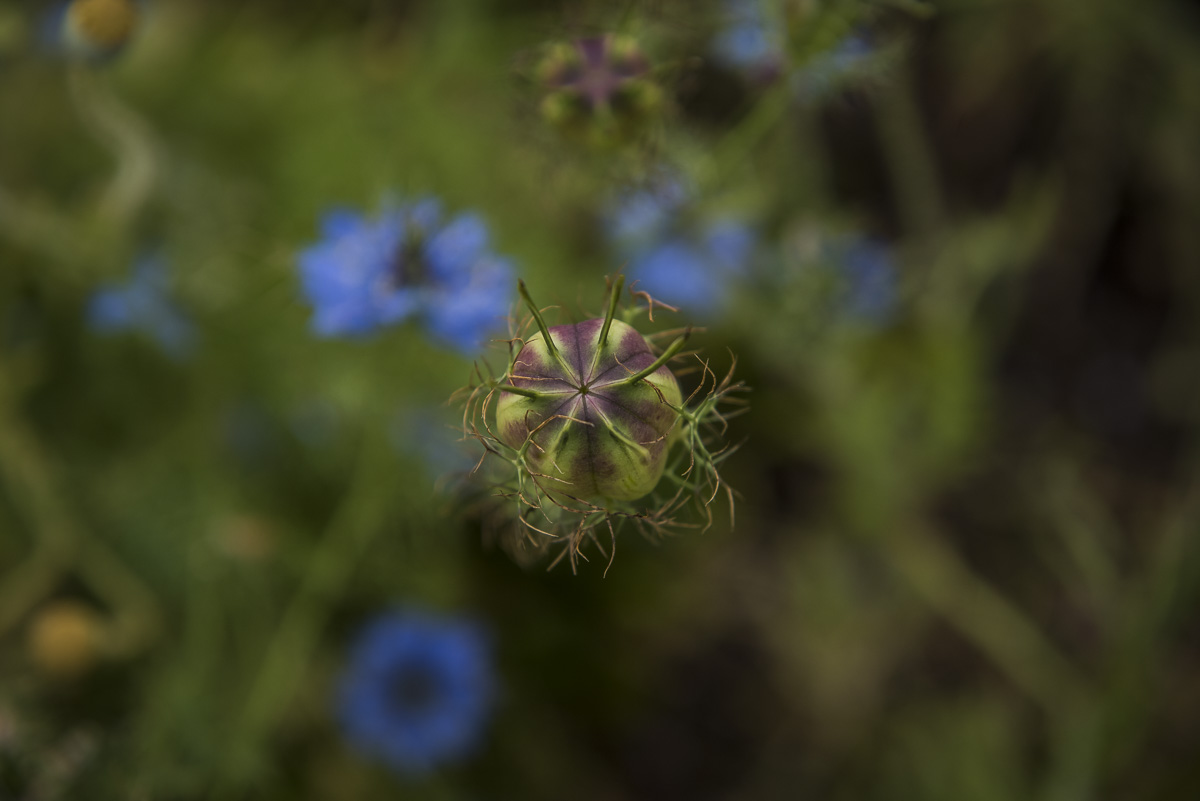
It was a hot summer’s day in 2014. I arrived on my bike to an empty house in Melbourne’s northern suburb of Fawkner. It belonged to a friend of mine, but it was abandoned and lifeless, and its huge backyard desolate and overrun by weeds. I had just broken up with a long-term partner, having only moved to Australia from Brazil 24 months prior. I knew I needed space to allow for change. Rental opportunities in my price range were limited, so I took up my friend’s offer to move in. And so began my journey with a house and backyard that mirrored exactly how I was feeling inside: bereft and in need of renewal.
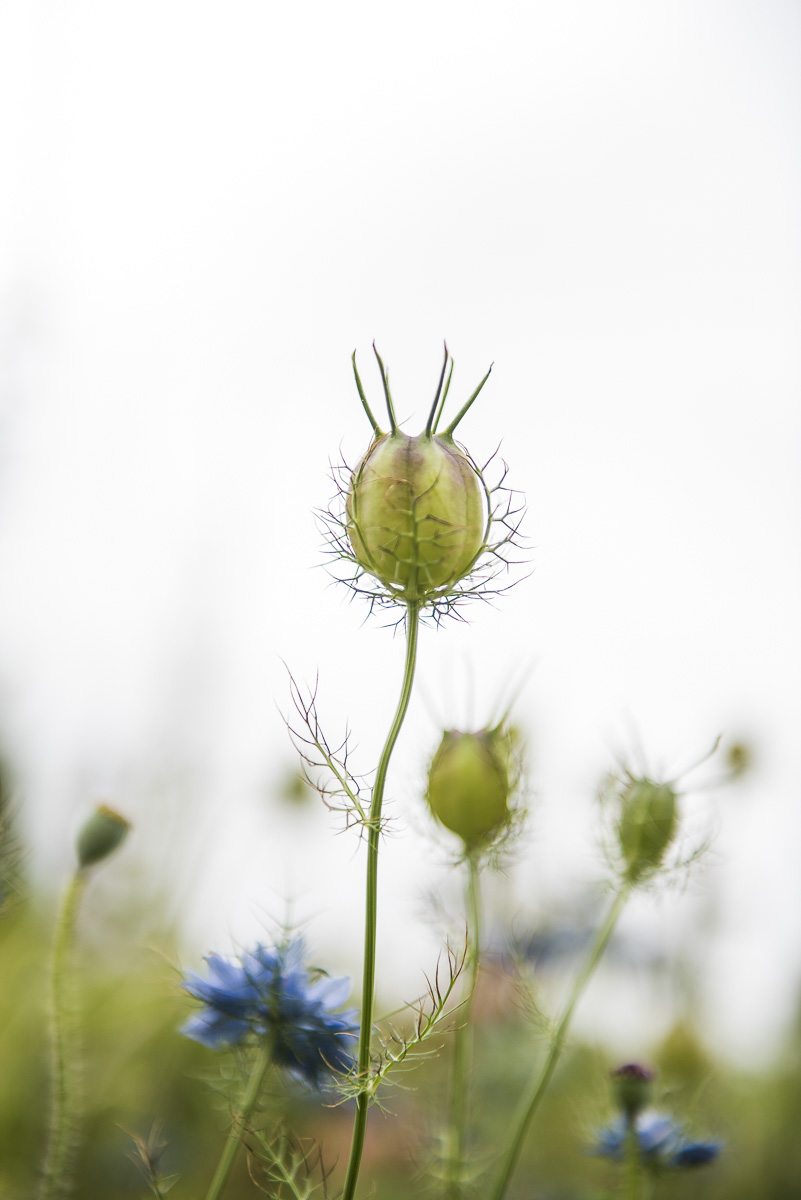

Decluttering and cleaning the land was the starting point. As I dug the soil and removed tough weeds, a mixture of sweat and tears streaming down my face, I started experiencing lightness and hope. Each day, I had to face this blank canvas, not knowing much about gardening, but following my intuition and recalling childhood memories of my grandmother and mother working in their productive gardens. It was such an experience to contemplate an ‘empty’ backyard, completely dormant and full of potential, just waiting for the right time to burst into life.
This was also an opportunity to deepen friendships. I invited new people in my life to work the soil, build garden beds and compost bins with me; we’d talk over hard work and enjoy a glass of wine at the end of the day. I began to feel a little more open, a little clearer in my head and heart.
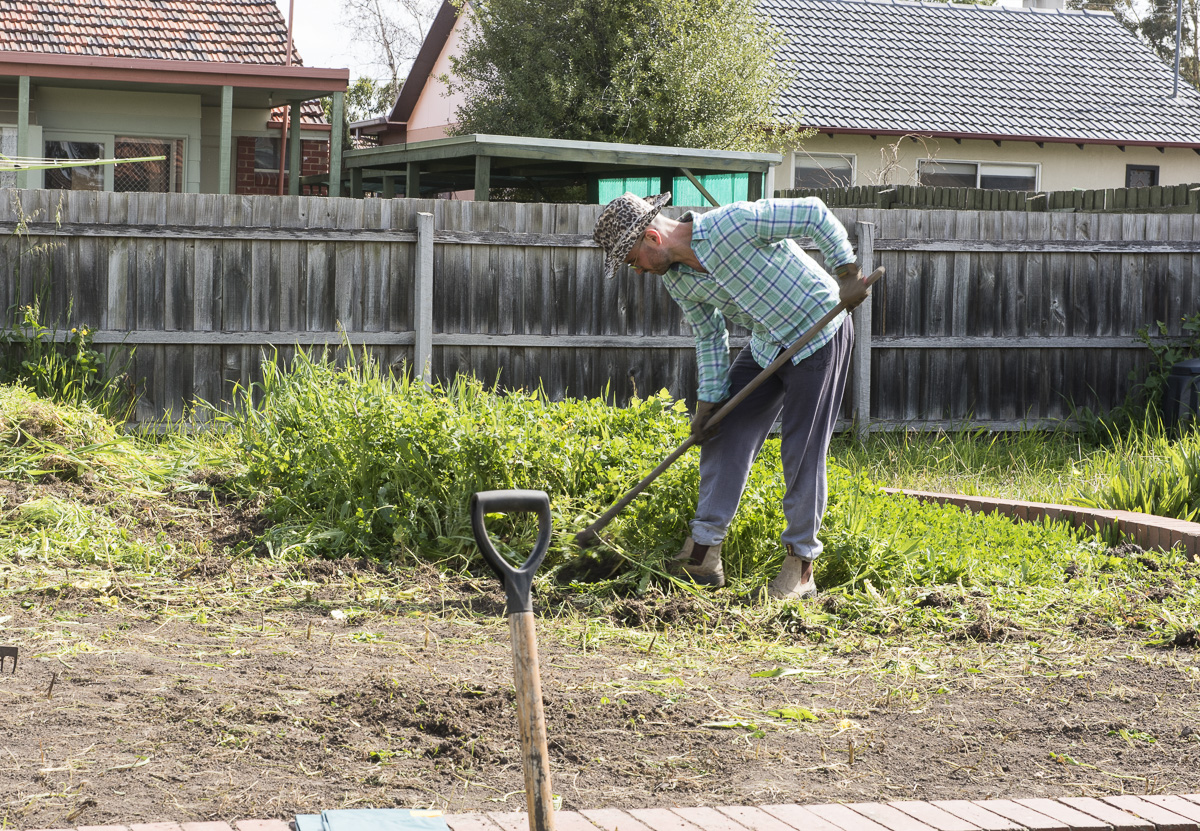
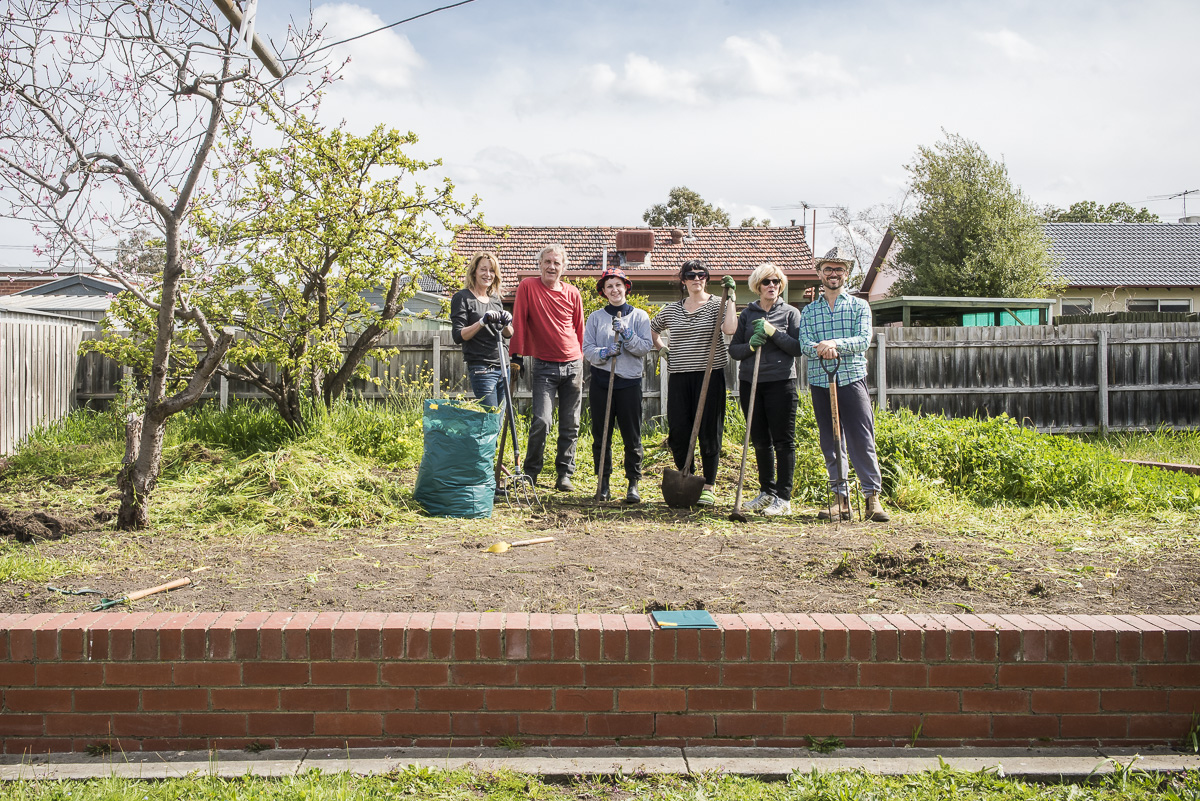
I nurtured and fed the concrete-like soil, adding a lot of organic matter to it, creating layers of mulch, manure and compost. I started my journey into the gripping world of composting, doing a lot of ‘chop and drop’ with anything organic I could find.
After attending a course at CERES in East Brunswick, I got to know an inspiring community of people changing the way we garden. My approach to gardening changed significantly. Learning and applying techniques from permaculture, Hugelkultur and regenerative agriculture, I developed a personal system. I felt a sort of calling; it all made so much sense.
It took some time, but the soil started to change. It was fascinating to watch as it slowly loosened and deepened in colour and texture. I could see the organic matter building, the network of mycelium expanding its filaments, bacteria and nematodes busy doing their important work. Eventually, the soil food web was booming and the seeds were ready to meet the earth. As soon as temperature and moisture levels were right, nature set to work at a frantic pace, and magic happened. I was amazed to discover seedlings growing overnight, ornamentals invigorated by the day. It was a full display of nature’s capacity to regenerate. I understood then that soil is a living community.
Over time, I observed the return of insects, birds, animals, small invertebrates and life in the soil. Bees and native wasps were dancing on top of flowers, pollinating what later would turn into food. While the garden was suddenly alive with new sounds, sights and movement, I found myself starting to welcome new experiences and feelings in my personal life as well.
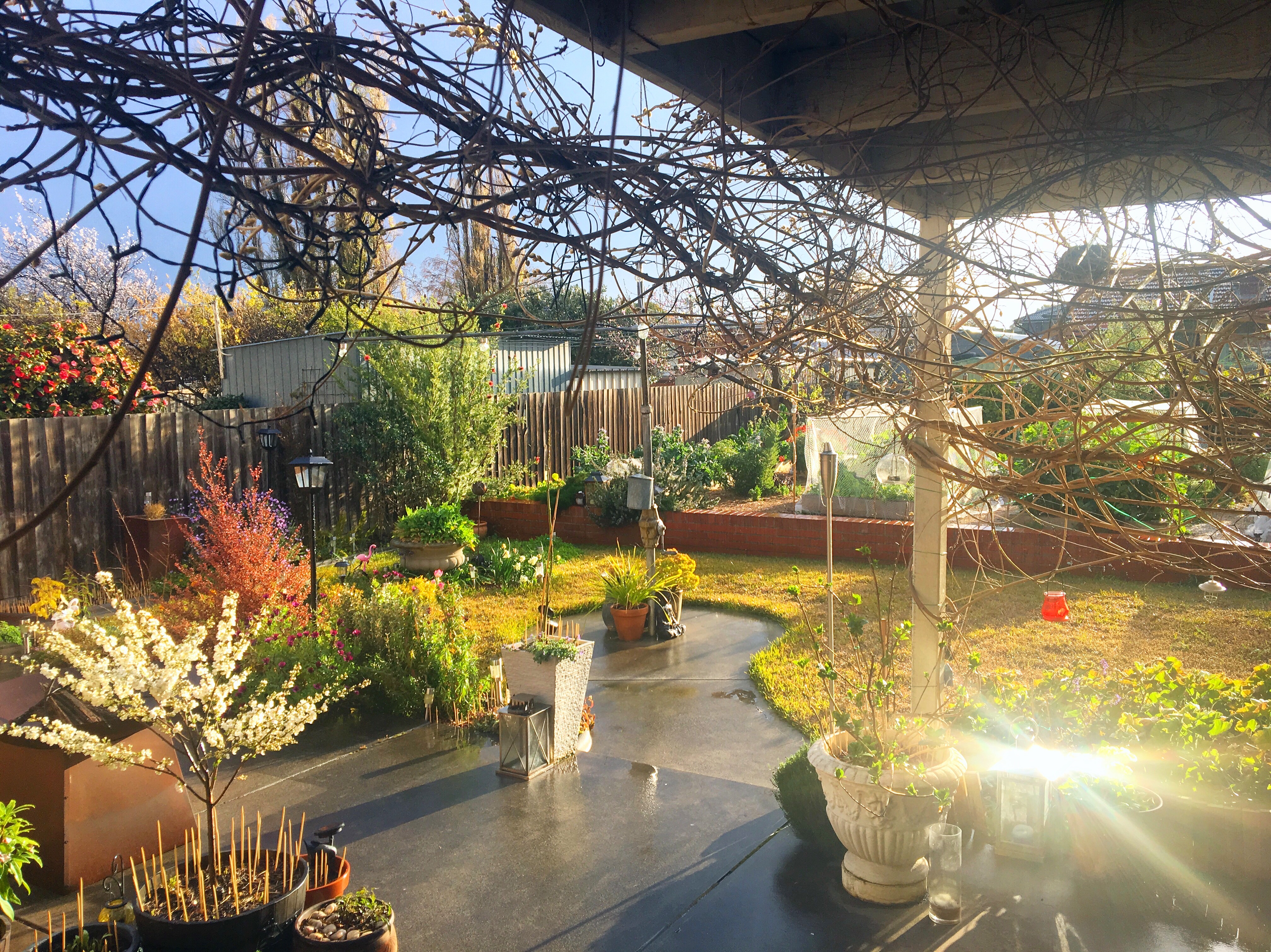
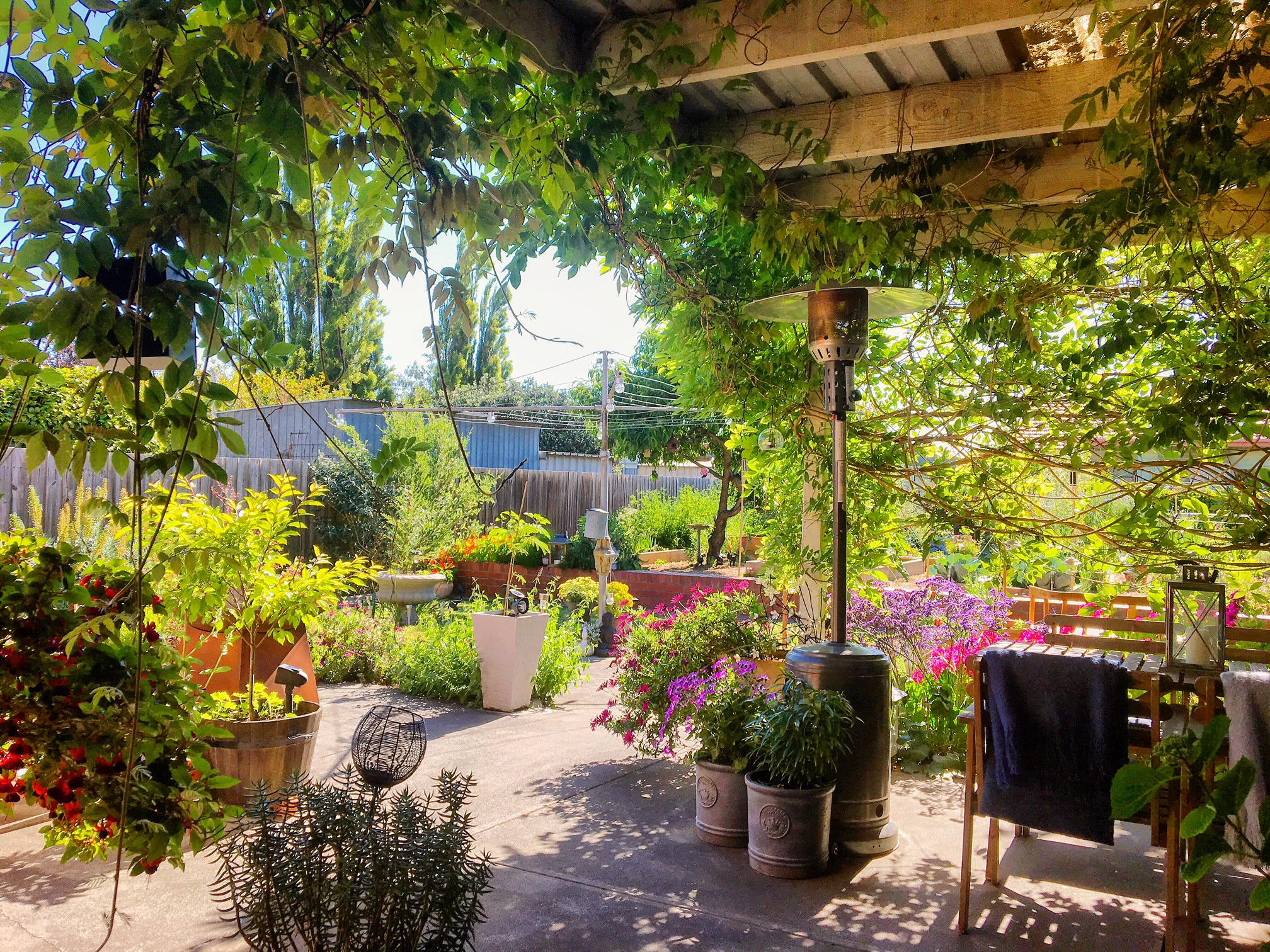
I continued working the soil, sowing seeds and planting seedlings in the fresh new veggie patches. It became a profound exchange between myself and the ecosystem I had been nurturing for so long. Our emptiness and sadness gave space to excitement and fulfilment. It was the most intimate relationship with nature I had ever experienced, and for the first time I understood fully nature’s healing capacity. While getting to know the plants and how they grew, I came to know myself better and see how I was growing. Then there was the unparalleled joy of walking inside the house carrying a basketful of goods that would become my dinner. Nothing like it!
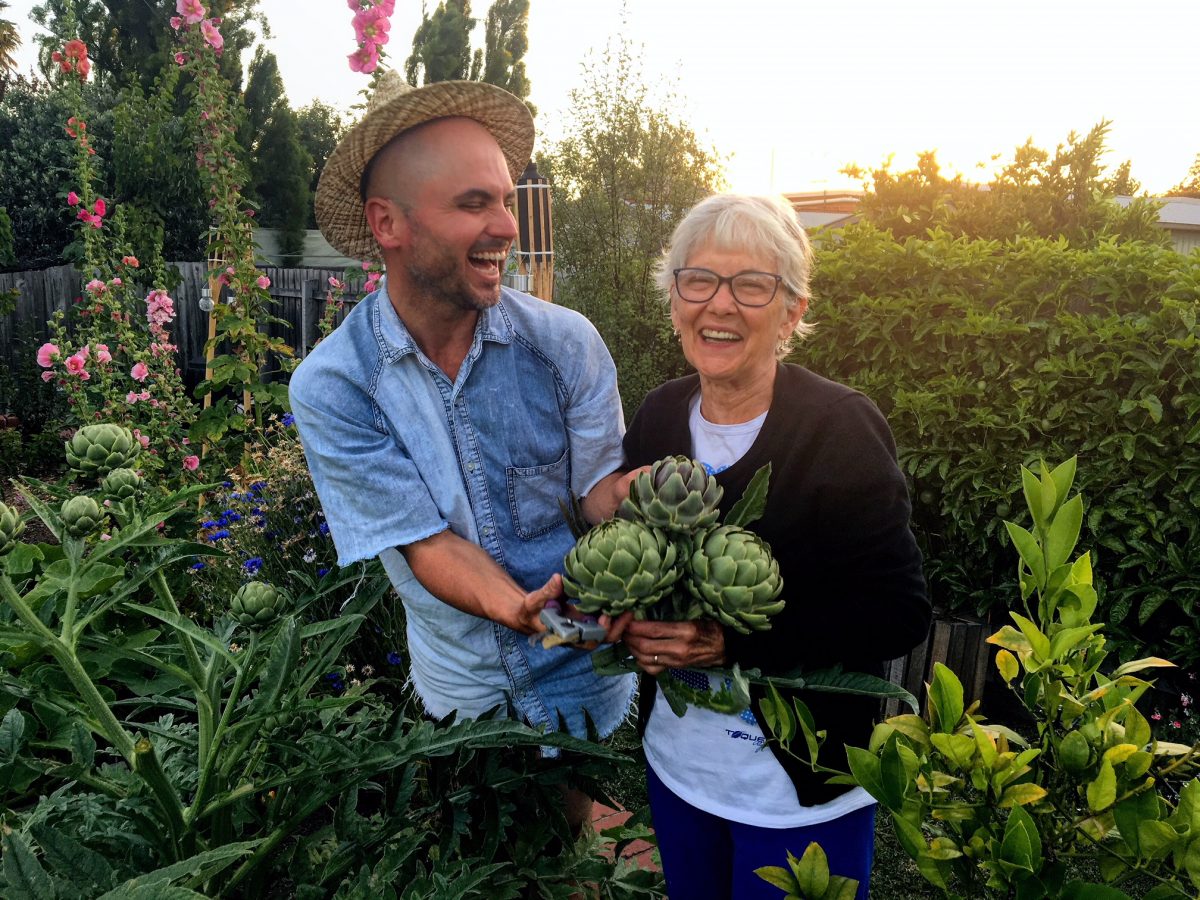
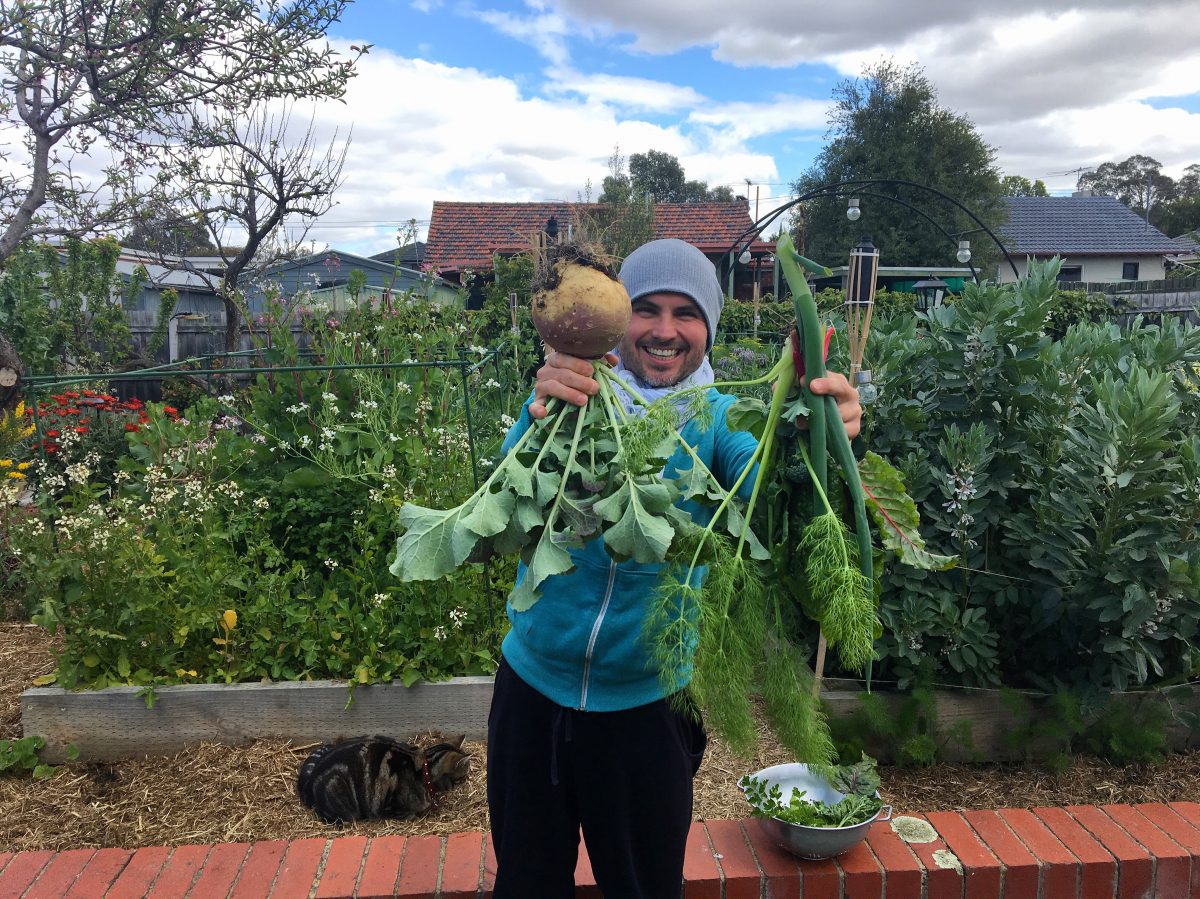
For the past four years, I have called this garden home and seen so many changes in the landscape. Many crops have grown and trees have reached new heights, while grasses come and go, following the seasons. A new great love has come into my life, too. My partner and I harvest close to 80 percent of our fresh food from our backyard, eating more and more according to the seasons. We feel our health improving as we learn more about our relationship with the land, its natural rhythms, and the art of preparing homegrown food.
Today, I see the garden as an extension of who I am, with a deep understanding of our interdependence with nature and the land. Every plant’s desire to thrive and experience life resonates in each step I take in my morning walks around the garden.

The garden has provided me not only with food and discovery, but with love and new friends. We often invite people around, sit out on the lawn surrounded by flowers and vegetables, and share a laugh together. People even want to get married here! It’s astonishing to think how much transformation has taken place since I first arrived in this house. My senses could have never predicted how much new, abundant and sustaining life could grow here. I have learnt so much about the potential of the inner and outer landscapes to restore themselves. And I am so excited to see what the next four years will bring.
We loved Greg’s story of renewal and repair – thank you for sharing! This story also appears in AP #11: Transitions; get your free copy if you haven’t already!

